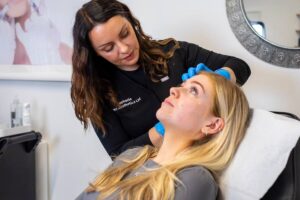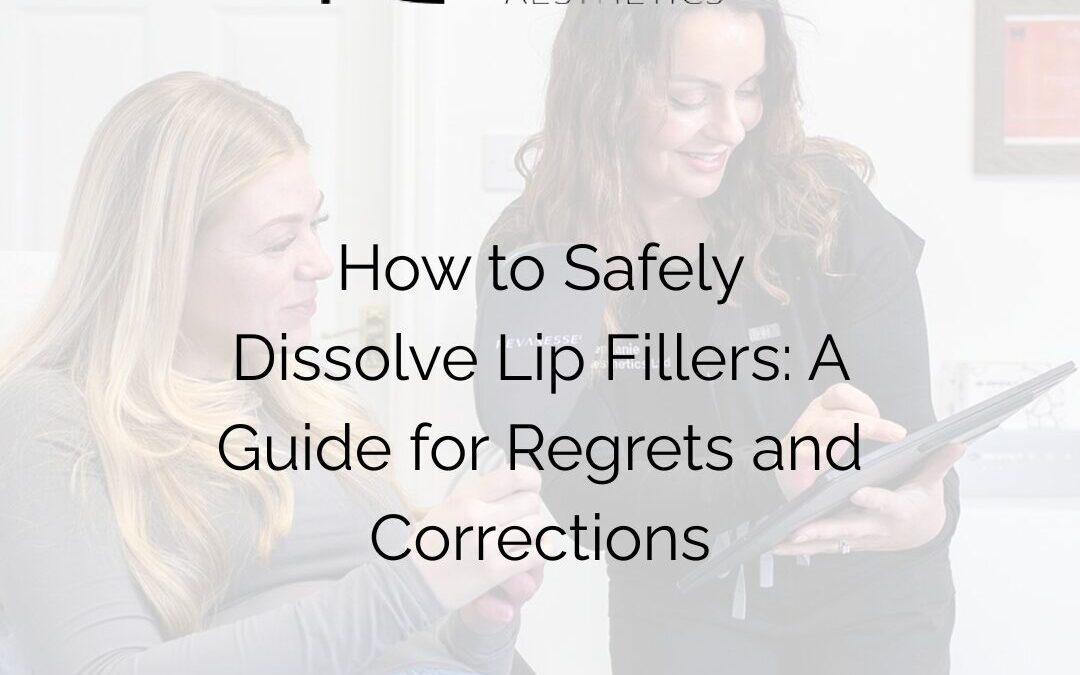Lip fillers can enhance your appearance, but not every result matches expectations. Whether due to dissatisfaction with the outcome, uneven distribution, or a simple desire to return to a natural look, dissolving lip fillers is a safe and effective option for many. If you’re considering this step, here’s what you need to know to do it safely and confidently.
The Process
Most modern lip fillers are made from hyaluronic acid, a substance that can be dissolved using an enzyme called hyaluronidase. This fast-acting enzyme breaks down hyaluronic acid, allowing your body to gradually absorb it.
The procedure begins with a consultation with a qualified aesthetic professional, such as a dermatologist or cosmetic surgeon. They will evaluate your lips and confirm that your fillers are hyaluronic acid-based, as other fillers, like silicone, cannot be dissolved in the same way. During the treatment, hyaluronidase is carefully injected into specific areas to target the filler. The process typically takes about 15-30 minutes, and results can be seen within 24 to 48 hours.
What to Expect
After the procedure, you might experience temporary side effects like swelling, bruising, or tenderness around the injection sites. These are normal and generally subside within a few days. Your aesthetic professional may recommend aftercare tips, such as applying cold compresses to reduce swelling.
Some patients notice an immediate return to their natural lip shape, while for others, it may take a little longer for the body to fully absorb the dissolved material. It’s also important to note that dissolving fillers may reveal asymmetries or irregularities that existed before the filler was added, which might require further cosmetic adjustment if desired.
Safety Tips
When dissolving lip fillers, safety should always be a top priority. Choose a reputable clinic with practitioners who are certified and experienced in aesthetic medicine. Ask for before-and-after examples of their work and ensure a full consultation is conducted prior to the procedure. Understanding the risks, such as potential allergic reactions to hyaluronidase, is also essential—your provider should conduct a patch test to rule this out.
Remember, dissolving lip fillers is a common and manageable process, and many people feel relieved to see their natural beauty restored. With the right expertise guiding you, you can make this decision with confidence and peace of mind!



